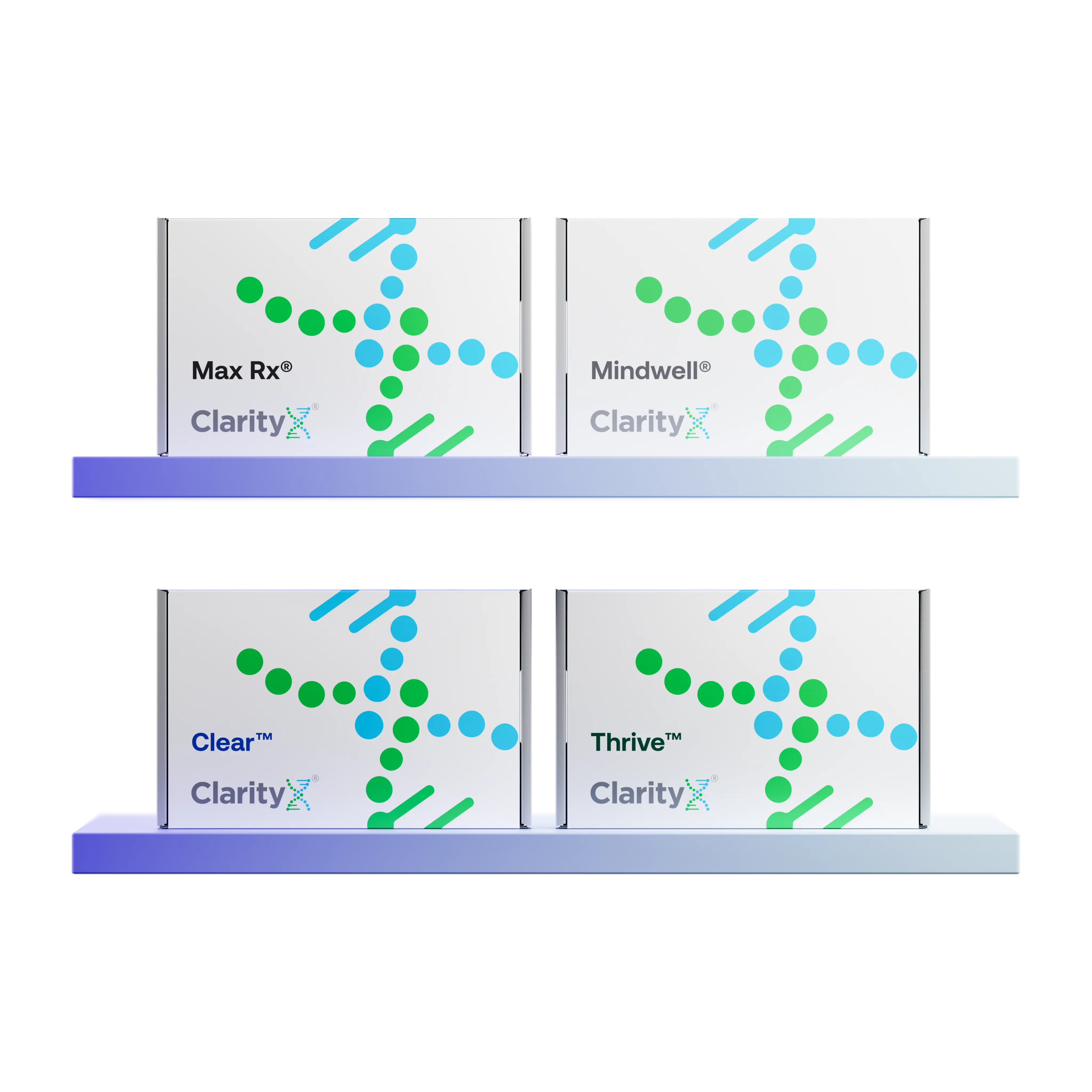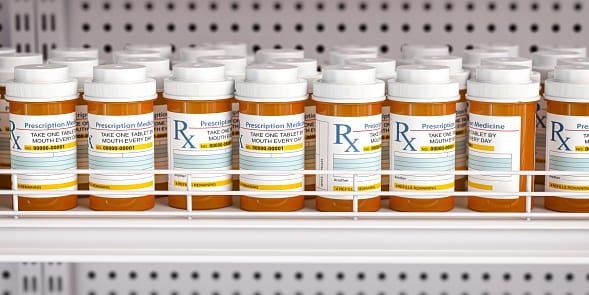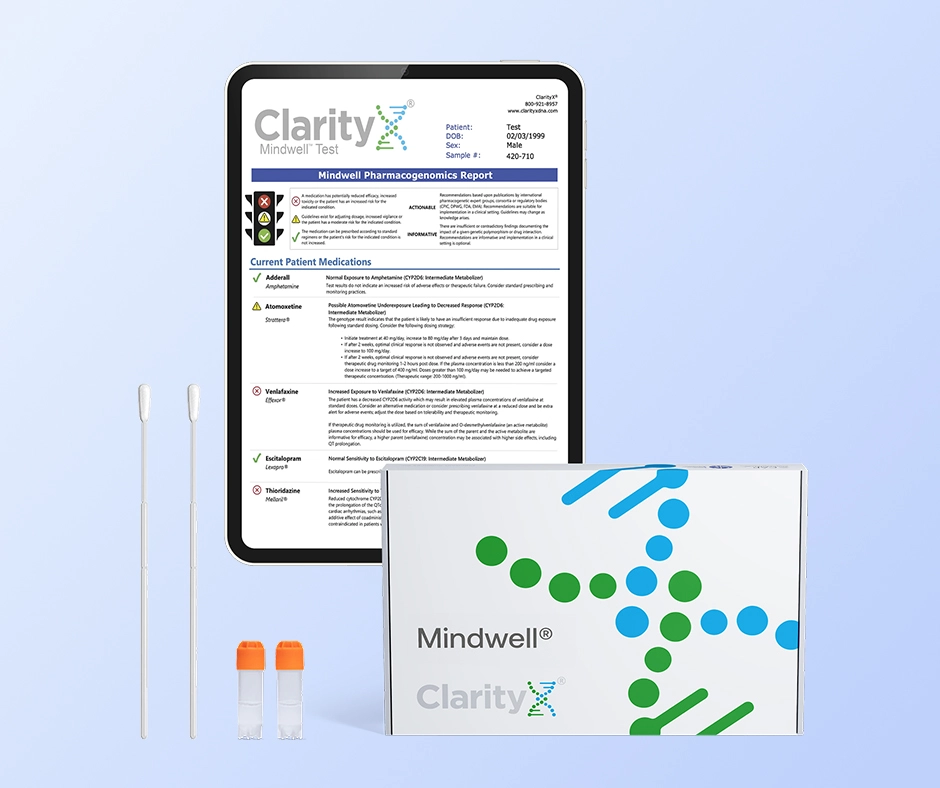Key Highlights
- Toradol is a potent pain reliever used for short-term management of moderate to severe acute pain.
- It is classified as a non-steroidal anti-inflammatory drug (NSAID) and is available in oral, injectable, and other various forms.
- Toradol typically starts working within 30-60 minutes after injection and 1-2 hours after oral administration.
- The duration of pain relief is usually 4-6 hours, and its use is limited to a maximum of 5 days.
- Common side effects include stomach upset, dizziness, and drowsiness.
- Toradol is not suitable for everyone, and precautions are necessary, especially for individuals with kidney or liver problems, stomach ulcers, or bleeding disorders.
Introduction
Managing severe pain can significantly impact your daily life. Therefore, finding pain relief is crucial for those experiencing discomfort. Ketorolac tromethamine, also known as Toradol, is a powerful medication frequently prescribed to alleviate moderate to severe pain and belongs to a well-known class of drugs. In this easy-to-read blog, we will discuss how Toradol works, its uses, potential side effects, and important considerations to keep in mind before and during its use.
Understanding Toradol and Its Mechanism
Toradol is a widely recognized medication for pain management. It belongs to a class of drugs known as non-steroidal anti-inflammatory drugs (NSAIDs). This medication provides rapid relief from intense pain. Individuals commonly use it for various reasons, including pain following surgery, kidney stones, and injuries to muscles or bones.
Toradol is not an opioid, so it does not carry the risks associated with addiction or dependence. Nevertheless, it is a potent medication that must be administered with caution. Understanding the benefits and risks of Toradol is crucial for safe and effective pain management.
What Is Toradol?
Toradol is the brand name for ketorolac tromethamine. It is a powerful pain reliever classified as a nonsteroidal anti-inflammatory drug (NSAID). Unlike other common NSAIDs such as ibuprofen or naproxen, which can be obtained without a prescription, Toradol requires one due to its potency and potential side effects, including the risk of heart attack or stroke.
This medication is used for short-term relief of moderate to severe acute pain in adults, often including pain from injuries or post-surgery. While it effectively reduces pain and swelling, it is not intended for long-term use and is typically prescribed for no more than five days.
Toradol is available in various forms, such as oral tablets and injectable solutions. The administration method depends on the pain's severity and the patient's specific needs, as assessed by a healthcare provider.
How Toradol Works in the Body
Toradol works well for pain management because of how it interacts with certain enzymes in the body. These enzymes are called cyclooxygenase, or COX enzymes. They help create prostaglandins, which are important chemicals involved in inflammation. While some inflammation is needed for healing, it can also contribute to pain, swelling, and redness.
By blocking COX enzymes, Toradol inhibits the production of prostaglandins. This action reduces inflammation and provides pain relief. However, it is crucial to remember that because it impacts COX enzymes, Toradol, like other NSAIDs, can also interfere with certain bodily defenses. This is particularly relevant for the stomach lining, which may lead to side effects such as upset stomach or bleeding. This risk is more pronounced when using Toradol compared with other NSAIDs.
Because of these possible side effects, it's essential to use Toradol carefully and for the shortest time needed to manage pain, as a healthcare professional would advise.
The Uses of Toradol in Pain Management
Toradol is a useful pain reliever that doctors often use to treat many types of pain. It works quickly to ease moderate to severe acute pain, making it a popular choice for short-term and urgent pain management.
Doctors may prescribe Toradol for pain relief after surgeries, dental work, and injuries related to muscles and bones. It also helps with pain from kidney stones, migraines, and cancer.
It’s often considered after surgical procedures to help limit the need for opioid pain relievers.
Common Conditions Treated with Toradol
Toradol is highly effective for moderate to severe pain, but it can only be used for a short time. For this reason, it’s often used for things like injuries or to help manage pain associated with surgery.
Conditions such as kidney stones, which cause intense and severe pain, can benefit from Toradol. It can also alleviate the severe pain associated with migraine headaches and menstrual cramps.
Although typically prescribed for short-term use, some individuals with chronic conditions such as rheumatoid arthritis may also find pain relief from Toradol. In these instances, it is crucial to weigh the benefits against the risks of prolonged use. Utilizing the lowest effective dose for the shortest duration can help minimize potential side effects.
Comparing Toradol to Other Pain Relievers
Toradol is significantly stronger than common over-the-counter pain relievers such as ibuprofen and acetaminophen. While these medications are effective for mild to moderate pain, Toradol is more suitable for moderate to severe acute pain. This is why people often opt for it in more challenging pain situations.
For example, after surgery, managing pain is very important. Toradol can provide pain relief comparable to morphine, which is a potent opioid. This makes Toradol a suitable option for those who cannot tolerate opioids or have been advised against using them.
Still, it’s important to remember that Toradol should be used only for a brief period. It can have adverse effects. For long-term pain management, doctors typically explore other medications or therapies. They carefully assess the medical condition and each patient’s needs and risks.
Administration of Toradol
Toradol is often directly administered in clinics and hospitals, but it may sometimes be prescribed for use at home. Tablets are commonly used when Toradol is taken at home.
Regardless of where the medication is administered, your healthcare providers will take things like age, kidney function, and pain severity to determine the best dosage for your needs.
Oral vs. Injectable Forms
In many cases, if an injectable form of Toradol is used it’s likely to be administered at a hospital or clinic. If the medication needs to be continued for a few days at home, a prescription for tablets is often provided. The injectable form can help provide rapid relief, often within about 30 minutes, while tablets may take a little longer.
Dosage Guidelines for Effective Pain Relief
Finding the appropriate dose of ketorolac is crucial to ensure safety and effectiveness. To determine the optimal dose, Doctors consider each patient’s age, body weight, kidney function, and pain severity.
To minimize potential side effects, the common approach is to start with the lowest dose that effectively alleviates pain. Subsequently, the doctor may adjust the dosage based on the patient's response to the medication.
It's important not to go over the recommended dose or treatment time because this can lead to more side effects. Higher doses may not necessarily provide better pain relief, but they are more likely to cause side effects, so working with your provider is important. Good communication between the patient and the healthcare provider is key during treatment. This helps achieve effective pain control while reducing the risks.
Onset of Action: How Quickly Does Toradol Work?
One big benefit of Toradol is how fast it works to relieve pain in the short term. After an injection, people usually feel a difference in pain within 30 to 60 minutes. The exact time can change depending on how the medicine is given and personal health.
If taken by mouth, it may take a bit longer, usually one to two hours, to feel the full effects. How quickly it works can depend on factors like individual metabolism, the severity of the pain, and whether the medicine is taken with food.
What to Expect After Taking Toradol
After taking Toradol, whether by injection or pill, people can expect their pain to get better slowly. The effects of Toradol usually mean less pain and better movement, if mobility is a concern.
For those experiencing severe acute pain, Toradol can be very effective. It alleviates pain and can improve overall well-being during recovery. Occasionally, Toradol is administered alongside other medications or treatments to address the underlying cause of the pain.
It's important to know that Toradol works well to relieve pain, but it doesn’t fix the main problem. For long-term pain management, focusing on the underlying medical condition and looking for other pain relief options with a healthcare professional is crucial for lasting pain control.
Duration of Effect and Metabolism
Toradol is known for providing quick pain relief. However, it's also important to know how long its effects last. Usually, the pain relief from Toradol lasts about four to six hours. This can vary based on individual factors like your genetics, metabolism, the dose, and the method of administration.
How Long the Effects of Toradol Last
While Toradol is not a long-term solution for pain, knowing how long its effects last is important for managing your pain and expectations. A single dose of Toradol, which can be taken by mouth or given as an injection, usually helps for about four to six hours.
This short-term relief makes Toradol very useful for treating pain in cases where you need quick help, like after surgery, a sudden injury, or flares of long-term conditions.
However, you should not use Toradol for more than five days. Using it for too long can raise the risk of side effects, especially those related to your stomach and heart.
Metabolism and Elimination from the Body
After administration, Toradol enters the bloodstream and travels to the liver, the primary processing center for medications in the body. In the liver, Toradol is metabolized by enzymes into inactive substances.
These substances are filtered by the kidneys and removed from the body mostly through urine.
Individuals with reduced kidney function or those at risk for kidney damage may need careful monitoring. They might also need adjustments to their dosage. If kidney function is impaired, it can slow the elimination process, leading to an accumulation of Toradol in the body, which could cause further side effects. Staying hydrated while taking Toradol is also crucial to aid in its removal.
Common Side Effects of Toradol
Toradol is usually safe for most people when used appropriately, but like any medication, it can cause side effects.
Some common side effects of Toradol include issues related to the stomach, including gastrointestinal side effects. You might feel mild discomfort like indigestion, nausea, or stomach pain. In serious cases, Toradol is associated with stomach ulcers or gastrointestinal bleeding, which is a significant reason it is only prescribed for a short time. Signs of gastrointestinal bleeding include dark, tarry stools.
Other side effects may include dizziness, fatigue, headaches, and water retention. In rare cases, Toradol may cause an allergic reaction, which can manifest as a skin rash or itching. If you experience these symptoms, seek medical attention.
Precautions and Contraindications
Some medical conditions require caution when considering the use of Toradol for pain management. Individuals with a history of stomach ulcers, active gastrointestinal bleeding, or kidney disease should avoid using Toradol, as this medication can exacerbate their conditions.
Those with heart disease, high blood pressure, or liver disease also need to be careful. Toradol could increase the risk of complications.
Pregnant women, particularly during their third trimester, should refrain from using Toradol. This medication may lead to complications such as low amniotic fluid and could negatively affect the fetus. It is crucial to inform your healthcare provider about any medical conditions, allergies, or medications you are currently taking prior to initiating Toradol treatment.
Potential Drug Interactions
Toradol, like other medications, can interact with various drugs. This interaction may alter their effectiveness or increase the likelihood of side effects. These interactions can occur with prescription medications, over-the-counter drugs, and certain herbal supplements.
It is crucial to be aware of these potential interactions. Always inform your healthcare provider about all the medications, vitamins, and supplements you are taking. This helps prevent any adverse reactions. Careful consideration of drug interactions is essential for safe and effective pain management with Toradol.
Combining Toradol with Other Medications
Mixing Toradol with certain medications can lead to more severe side effects or reduce the effectiveness of one of the drugs. For instance, taking Toradol alongside other pain relievers such as aspirin or ibuprofen can increase the risk of stomach ulcers, bleeding, and other gastrointestinal issues.
Additionally, it is important to exercise caution when using Toradol with medications that affect blood clotting. These medications, known as blood thinners, can increase the risk of bleeding complications when combined. A higher risk of bleeding is also a concern when Toradol is combined with certain antidepressants like selective serotonin reuptake inhibitors (SSRIs).
Before taking Toradol with any new medications, it's crucial to consult a healthcare professional. Sharing information about your current medications helps healthcare providers identify possible interactions. They can adjust dosages or recommend alternative options for pain management that may reduce the risk of adverse effects.
Below is a list of some medications that can interact with Toradol. It's not exhaustive, so discussing all your medications with your doctor or pharmacist is crucial.
Always consult a healthcare provider or pharmacist to evaluate potential drug interactions and obtain personalized guidance based on your specific medical history and medications.
Lastly when considering treatment options like toradol your genetics can also play a vital role in determining which medications will be best suited for you. A simple test can help reduce the trial and error process associated with finding the right medication. Find out more by visiting www.clarityxdna.com
Conclusion
Toradol is a highly effective medication for moderate to severe acute pain. It works quickly, which can be very helpful for providing relief in certain situations. Although it works well, being aware of the potential risks is important. Toradol is prescribed for no more than five days due to significant risks like gastrointestinal bleeding and a higher risk of certain cardiovascular conditions. Work closely with your healthcare provider to ensure safety.
Frequently Asked Questions
How fast does Toradol start to work?
Toradol begins to work quickly. After receiving an injection, pain relief typically starts within 30 to 60 minutes. If taken as oral tablets, you may experience a significant reduction in pain after 1 to 2 hours. It effectively supports pain management in a short time, making it a suitable option for acute pain.
Can Toradol be taken with other pain medications?
Combining Toradol with certain pain medications, particularly other NSAIDs, can increase the risk of serious side effects. These side effects may include stomach ulcers or bleeding. It is crucial to discuss all the pain medications you are taking with your healthcare provider. This will help minimize the chances of drug interactions and ensure your pain management is safe.
Are there any long-term effects of using Toradol?
Using Toradol for an extended period is generally not advised. This is due to the potential for serious side effects, such as kidney damage or an increased risk of gastrointestinal bleeding. If you require assistance with pain management over a longer duration, consult your doctor about your options.
Who should not take Toradol?
Individuals with certain conditions, such as kidney disease, stomach ulcers, recent heart surgery, severe heart failure, bleeding disorders, liver disease, or elderly patients, may be advised to avoid using Toradol. It is crucial to discuss your medical history with your doctor before using this medication.
What should I do if I miss a dose or overdose?
If you forget to take a dose of Toradol, do so as soon as you remember, unless it is close to your next dose. Avoid taking a double dose to compensate for the missed one. If you believe you have taken too much, seek medical advice immediately or contact your local poison control center.
References:
https://dailymed.nlm.nih.gov/dailymed/drugInfo.cfm?setid=688f5dec-a6db-43c6-a1f8-5df99d08d395
https://www.ncbi.nlm.nih.gov/books/NBK545172/
https://www.ncbi.nlm.nih.gov/books/NBK547742/
https://www.ncbi.nlm.nih.gov/books/NBK254117/
https://pmc.ncbi.nlm.nih.gov/articles/PMC6484969/
https://clarityxdna.com/blog/learn/genetic-testing-for-pain-management-medication/






